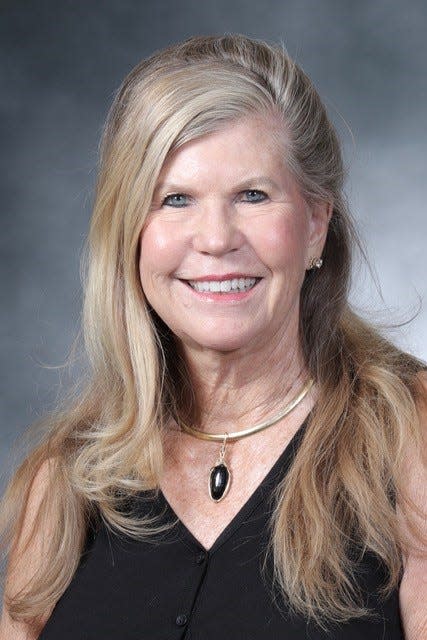How to prepare for 'the big one' in Coachella Valley
One of the greatest threats to Coachella Valley is an earthquake. Procrastination and fear certainly don’t help – spending time learning what to do before "the big one" puts you in control of how you respond when the ground stops shaking.
Oct. 19 is International Great ShakeOut Day.
At 10:19 a.m. that morning, I encourage you to join millions of people across California practicing earthquake safety. Participate in the "drop, cover and hold on" drills so that you will be better prepared, not if but when "the big one" hits the Coachella Valley.
I also invite you to attend disaster preparedness training to learn how to be self-sufficient in meeting the challenges of a major disaster. The training is provided free of charge by the Coachella Valley Disaster Preparedness Network (CVDPN.) Our mission is to train and educate every person in the valley about what to do to survive a disaster, whether natural or man-made. Our training is provided in both English and Spanish.
Emergency management experts recommend several simple steps that can provide a basic level of preparedness, including:
always keeping your gas tank at least half-full;
having 1 gallon of water per family member, pet or employee for at least 10 days;
having non-perishable, canned and dehydrated food, plus food for infants and pets; a manual can opener; battery or hand-crank flashlights;
having extra prescriptions and reading glasses; a flashlight with spare batteries; a standard first-aid kit; copies of all important documents on a flash-drive; bedding and blankets; and more.
Many of the items can fit into a large, sealable garbage can, which should be located outside of your home or business.
In addition, we encourage you to take a Community Emergency Response Team (CERT) class, set up and practice an escape plan, and a designated place for your family to meet should that be necessary.
The estimated magnitude of a Coachella Valley 'major' earthquake is 7.8 or greater and likely to last more than two or three minutes, according to Earthquake Country Alliance. What will that mean?
After a major earthquake in the valley, primary road access will be limited, especially Interstate 10.
Hospitals may be unable to provide medical services at the beginning. Emergency services may be overwhelmed for the first several days. Airports will be a priority for repair and reopening but may remain primarily closed to the public. Gas, water and electricity all may be disrupted.
You will be the first responder for your family. You will also be the primary source of food, water, first aid, shelter and other necessities in the days immediately following a disaster. Spending a few hours now in preparation will reap huge life-saving benefits when the time comes.
The motto of CVDPN is "No community left behind." We hope you will join us. As we like to say, don't be afraid of "the big one." Be Coachella Prepared.
Carla Sullivan-Dilley is the executive director of the Coachella Valley Disaster Preparedness Network. She can be reached at carlacvdpn@gmail.com.

This article originally appeared on Palm Springs Desert Sun: How to prepare for 'the big one' in Coachella Valley
